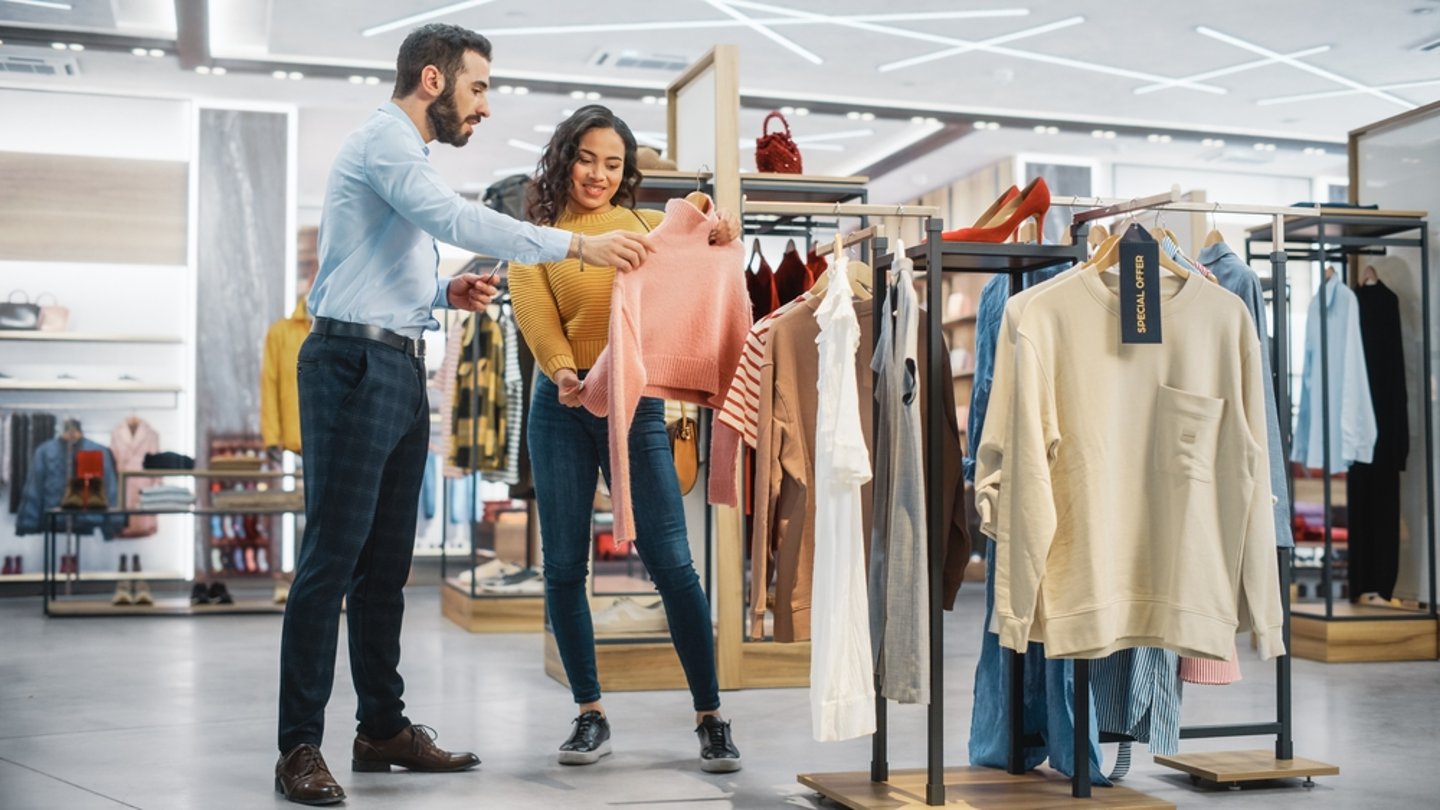Survey: Return to office results in more in-store spending
A return to the office has meant a boost to in-store sales, though consumers still seek product discovery online.
Of the 64% of U.S. consumers that have returned to a physical office for part of their work week, more than half (53%) are spending more money in physical stores compared to online platforms, according to Bazaarvoice’s latest "Shopper Preference Report," which featured 2,000 American respondents out of 8,000 total.
Bazaarvoice found that overall, consumer spending patterns and behavior are spread out, with 30% of consumers preferring to spend online, 41% favoring in-store spending, and 29% finding their online and in-store spending to be very similar.
Despite an increase in spending at physical stores, almost a quarter (24%) of Americans make monthly purchases based on items they encountered on social media. Six-in-10 consumers have made purchases influenced by social media, and 66% prefer discovering new products through videos on social channels.
Other findings from the "Shopper Preference Report" include the following:
- Quality is the main factor that influences brand loyalty for 53% of consumers, followed by price (37%).
- Forty percent of consumers are influenced by personalized recommendations, while 48% prefer loyalty programs that enhance their loyalty experience.
- Forty-four percent of consumers have increased their purchases of second-hand items as compared to the previous year. The U.S. and the UK lead other countries with 64% of consumers saying they purchase second-hand items from online.
- In the last six months, 64% of consumers have purchased a private label product, with preferences varying across categories like food and beverage (71%), health and beauty (48%) and fashion (41%). Meanwhile, 44% have permanently switched some of their staple products to private label products.
“Our research delves into the intricate tapestry of American consumerism and examines how macroeconomic factors influence consumption trends,” said Zarina Stanford, chief marketing officer at Bazaarvoice. “We found that from the lure of fast fashion to the joy of retail therapy and an increasing interest in sustainable practices, financially constrained consumers exhibit a complex set of behaviors. These findings highlight the need for brands and retailers to not only understand but actively engage with these diverse consumer preferences, adapt their commerce strategies to align with industry-changing trends, and foster lasting connections by meeting the dynamic expectations of today’s consumers.”


